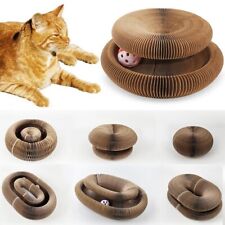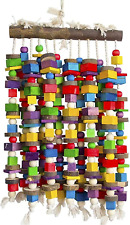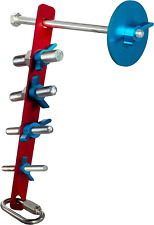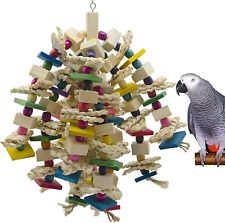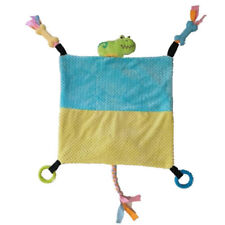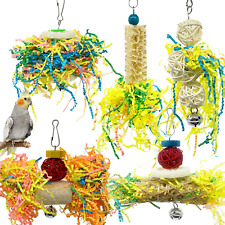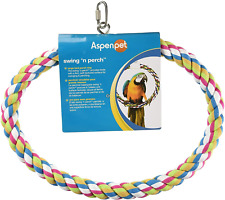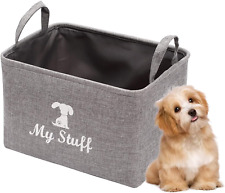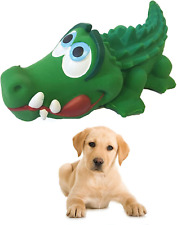The Benefits, Breeds and History of Hairless Dogs

My name is Bhavdeep and am 19 years old. I love dogs but I am kidney failure patient and on dialysis. To prevent infection please reply kindly with information about dogs which are hairless and small in size.

Hairless Dogs – Benefits, Breeds and History
There is nothing new about hairless dogs – and some have been around for millennia. They are found in many places of the world. These breeds originally came about as a result of a genetic glitch, and are typically more commonly found in warmer climates, or where there are selective breeding programs.
Benefits of Hairless Breeds
Hairless breeds of dog mean no more dealing with dog hairs all over your clothes, car or furniture. There’s none of the constant vacuuming which can be a downside of dog ownership. And if you love the idea of a canine pet, don’t like the smell or even the feel of fur, a hairless breed could be ideal.
At the same time, hairless dogs tend to be affectionate animals. They snuggle up because they don’t have fur to keep them warm! (The flipside of that, though, is that you need to keep an eye on body temperature, since these pets don’t like extremes of hot and cold.)
And if you have allergies or asthma, dogs which don’t have hair produce fewer allergens than those with fur. While there’s no such thing as a completely hypoallergenic dog, you should really notice the difference if you have previously owned a canine with hair.
There are other, less obvious advantages of owning a dog from one of these breeds. These animals often don’t have teeth. This can make them seem even safer, especially if you have kids at home. Despite this, these pets are generally very hardy and healthy, and this should help keep your veterinarian’s bills down.
The Different Breeds
There are at least five recognized species of hairless dogs, and they’re all very different.
Mexican Hairless
This perhaps the best known breed of hairless pooch and it is correctly known as the Xoloitzcuintle, or Xolo for short. These animals are intelligent, easy to housetrain and naturally clean. In common with similar breeds, some pups are born with no hair, others have short, sleek coat. Even the hairless variety often has a tuft of hair between their ears. Hairless and coated puppies can be born in the same litter.
Skin and hair color varies widely, from bronze to black, brindle to red to spotted gray. The coated dogs have very shiny, sleek coats. These pooches have three different sizes, from the very small Toy variety at 9-15 pounds to the standard size, which can weigh up to 60 pounds. Average weight is usually 30-40 pounds when the dog has grown.
Xolos bond closely with their owners, and are very affectionate and good with kids. They are also quite athletic animals who will do well living with other household pets.
Chinese Crested
This is a relatively small breed, with typical weights around 10 pounds. There are two varieties, with and without fur, and both can be born in the same litter. These are the Hairless and the fully coated Powder Puff, both of which have an array of skin and coat colors. The more distinctive the coloring, the more sought after the animal.
Some believe the breed to have originated in Africa, rather than China, and it is called the African Hairless Terrier in some 19th century texts. There is also evidence of a genetic link with the Xolo. The breed was officially recognised by the American Kennel club in 1991.
The Chinese Crested has hair on the feet, head and tail. It also has sensitive skin, which needs careful looking after with sunscreen in hot or cold weather. (There is often an allergy to lanolin-based creams and natural wool, so avoid these.) Its recommended to install an electronic dog door for the Chinese Crested to give them easy indoor access which will help protect their skin from the outdoor elements.
Like their Mexican counterparts, both varieties of Chinese Crested make excellent companions, even in smaller spaces, and have playful natures.
American Hairless Terrier
Developed from the Rat Terrier dog some 40 years ago, this species is one of the more recent hairless breeds. It came about when, by a genetic quirk, a female without hair arrived in a “normal” litter. Selective breeding then followed to produce a male and a female.
This terrier is the only breed in which two hairless animals produce hairless puppies. With other hairless types, one breeding partner must be a coated animal, as crossing two hairless canines could cause genetic problems.
These medium sized pooches range in color from gray to pink, golden, reddish or black, typically with spots. Usual weight at maturity is less than 16 pounds. This breed is good with kids and families, and active and playful. They can be quite territorial, like other terriers, so need early socialization. With no natural protection for their skin, any injuries need prompt attention. Because they are naturally good at hunting rats, you may want to stop them doing this, to prevent scratches and bites.
Other breeds include the Peruvian Inca Orchid, rarely found outside Peru, and first recorded by Spanish explorers in the early sixteenth century. Some even believe that this breed may be the original genetic line for the Chinese Crested, as they were used in trade exchanges and as highly prized gifts.
With an often pinkish hue to their skin, and typically with a mottled color, there are coated and hairless varieties. And this fairly large breed can weigh up to 50 pounds. Their skin needs constant care, and these dogs are more active in the dark, since they often find it harder to see in the daylight.
The Khala breed is also from South America, especially the Andes of Argentina, Peru and Bolivia, and there are two recognized sizes. They are characterized by their gentle natures, while the loss of adult teeth at an early age often leads to serious dental problems. Most commonly found in villages and rural areas rather than with breeders or in kennel, the Khala is rarely found outside its native Latin American regions.

Organ Cat Scratch Board Cat Toy with Bell Cat Grinding Claw Cat Climbing Frame
$5476.00
Deloky Extra Large Bird Parrot Chewing Toy-Multicolored Natural Wooden...
$5399.30
Busy Bird | Strip Foraging Toy - Non-Removable Wing Nuts, Hex Nuts and...
$4079.30
EBaokuup Large Parrot Chewing Toy - Bird Blocks Knots Tearing
$4079.30
BULPET Dog Cat Play Mat Bed With Training Interactive Toys For Small and Medium
$3999.00
Tfwadmx Natural Coconut Hide with Ladder Perches Hanging Bird House Toy for...
$3069.30
EBaokuup Bird Parrots Shredding Toys Parakeet Chewing Loofah Toys...
$2839.30
JW Pet Swing N' Perch, Large Large, Multi
$2794.30
Geyecete Canvas Dog Toy Storage Basket Box for Big, Gray
$2609.30
Crocodile Sensory Dog Toy Natural Rubber (Latex), Lead-Free & Medium
$2609.30
